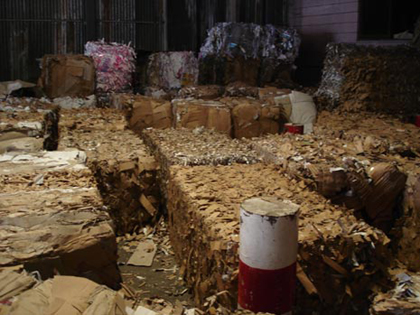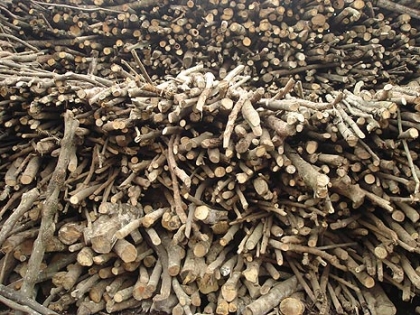As many of you already know, developing a truly sustainable product in any category, one that is implemented without shortcuts along the way, delivered profitably, on schedule and within cost is like threading a needle in the dark – underwater.
Having spent half of my design career in consultancies and the other in corporate environments, it's been my experience that designers and design teams tend to find themselves in the 'middle' of the product development activity. This is particularly true for consulting designers, whose clients usually handle the balance of the product delivery activities. Designers have critical relationships with just about every other discipline; the middle just makes sense.
Being in the middle, however, can blind designers and product developers to the upstream supply chain where all things come from - as well as from the downstream retail environment where the products end up. My time as Director of Product Development with Brookstone was a kind of finishing school in the parts of the product supply chain beyond the 'middle'. Creating over 100 unique products a year for 300+ retail stores, it was necessary to assess scores of factories and their contributing suppliers first-hand, learn how to sort the good from the bad, how to spot a compromising shortcut before it happened and to manage them all through product delivery. Sprout Creation, the company I have since co-founded, was built with a hands-on, end-to-end supply chain mind-set — with a sustainable development focus.
We've learned that many of the most effective sustainability decisions are the earliest ones: material choices, features that effect power consumption, assembly trade offs or the merits of one factory vs. another. For instance, designing for disassembly and eventual recycling is important, but choosing recycled or highly recyclable materials up front makes a much larger difference in the lifetime environmental impact of the product. The only real way to get involved in those early decisions is to physically go up stream - as far upstream as possible. A factory visit is good, meeting their sub-assembly and component suppliers is better, but going to the source of a material is best. The further upstream you go, the more you will learn, the more effective your downstream decisions will be.
Early in the development of our first product, the Vers 2X, we spent a lot of time with our wood cabinet makers understanding their processes, machine and labor capabilities and helping them make manufacturing decisions that best fit our goals. We then went 'upstream', up the supply chain to understand the MDF manufacturing process, and then upstream again to the timber supply to understand where the wood itself comes from, what type was used, how old it was and how it's transported, stored and ultimately introduced to the manufacturing process. We did the same with our printer - we went upstream to their pulp tray supplier and then on upstream to the source where the paper is recycled. On the loading dock saw the bales of old newspapers, magazines and discarded phone books from around the world; first-hand proof that our paper stock really was the post-consumer recycled stuff we had asked for. There are often more sustainability insights to be gained on a loading dock then from the guided factory tour.

If you're fortunate to be part of an organization that gives you time on the ground with your suppliers, don't stop there — push for as much upstream visibility as you can get. If your not meeting your suppliers, demand access - your organizations' sustainability efforts will be better for it.

